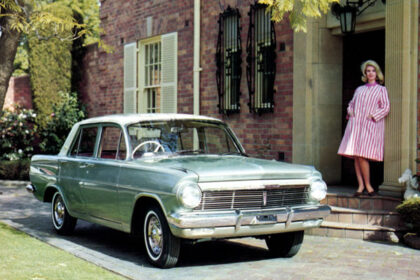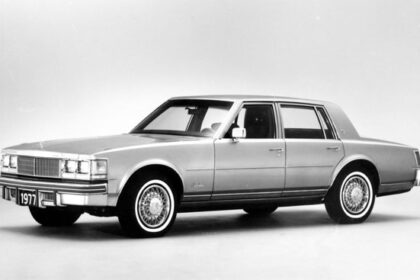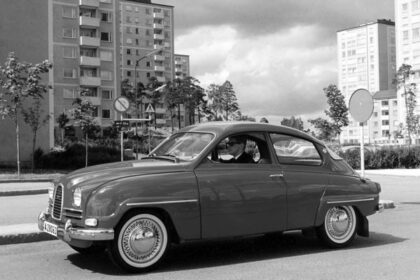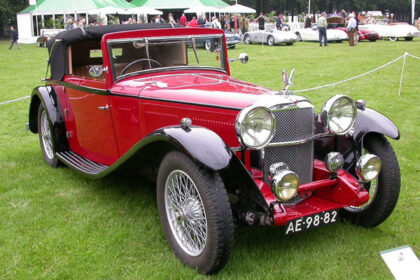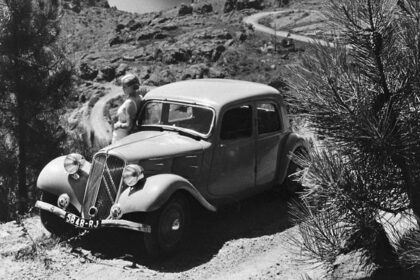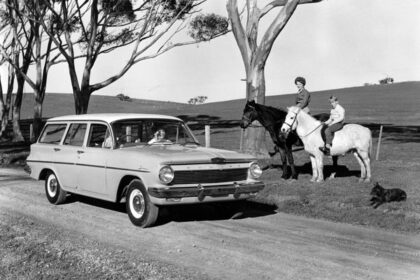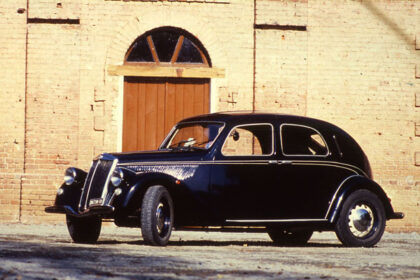FORD CAPRI MARK 1
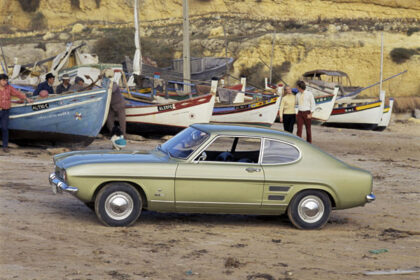
The first Ford Capri, a European version of the ‘pony’ car, was introduced into Europe in 1969 in the hope of replicating the huge success which the Ford Mustang had enjoyed in the USA. Capri derived its mechanics from the Ford Cortina and was built in the United Kingdom at both the Dagenham and Halewood plants initially for the British market whilst cars for Europe were built in both Belgium and Germany. In its development stage the car went by the code name Colt but Ford was not able to… Read more




